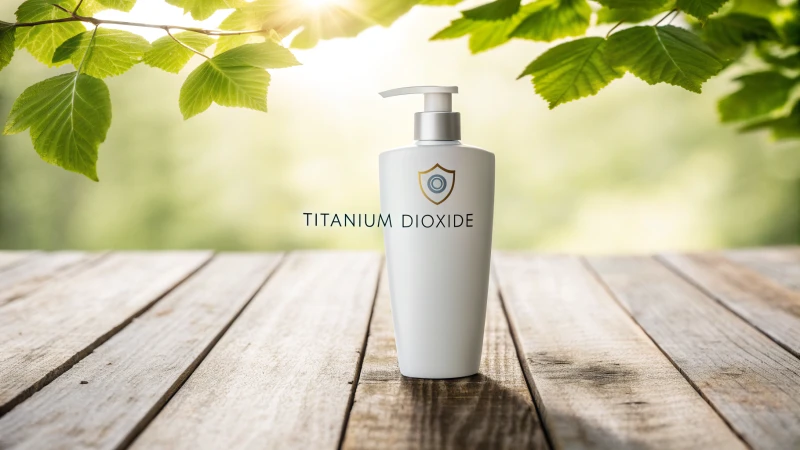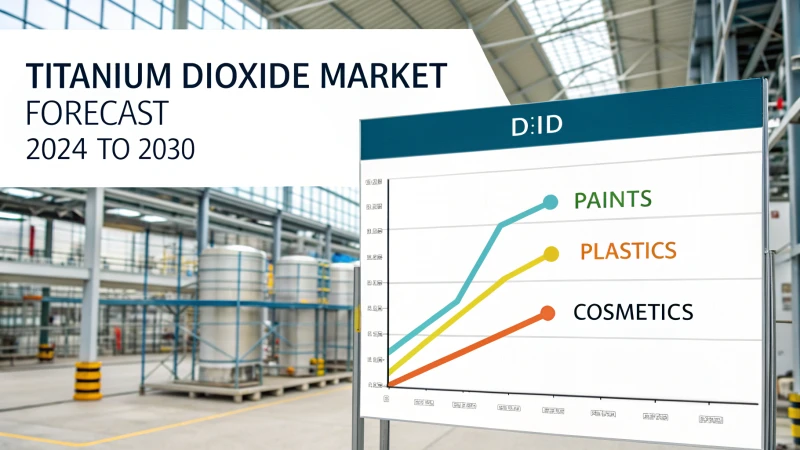
Sourcing titanium dioxide (TiO2) from China can be daunting but manageable with the right strategies. Start by identifying reputable suppliers through trade shows and online platforms like Alibaba. Verify product quality by requesting Technical Data Sheets (TDS) and Material Safety Data Sheets (MSDS), and consider third-party inspections. Negotiating favorable terms is crucial; understand incoterms and pricing factors to secure the best deal. Establish clear expectations regarding quality and delivery timelines in formal contracts to avoid disputes. Effective logistics management is essential—partner with experienced freight forwarders to navigate customs smoothly. Maintain ongoing relationships with suppliers for better communication and contingency planning. By following these steps, you can confidently procure high-quality TiO2 while minimizing risks.



